The past year certainly brought with it many challenges but there were positives to be found too.
It does seem rather crazy to think that a year ago there was no vaccine for Covid, we hadn’t even gone into Lockdown 1.0. Yet less than 12 months later at the start of March 2021, more than 20 million people in the UK have received the first dose of the vaccine. It brings to mind the proverb, ‘Necessity is the mother of invention’. The speed of innovation is certainly worth celebrating, and UK innovation at that with the Oxford-AstraZeneca being one of the first to be made available.
It’s a testament to the UK science community for developing a vaccine in a year, a process that is said to usually take up to ten years. It goes to prove that when there is a real call to arms, people will find a way of achieving something, and quickly. What lessons will be learned from this condensed process that could be applied to other areas? Of course, funding was thrown at the vaccine programme but what else was there in the mix to make it successful - the right saturation of people, frugal innovation, streamlining, intelligent thinking or artificial learning?
While not as urgent, one of our next mandates is electric vehicles with internal combustion engines coming off the market in 2030. Whereas before we might have thought this wouldn’t be possible, perhaps Covid has changed people’s views on what can be achieved when you’re up against it. And perhaps also it has inspired those in the EV technology market in what can be done in a short period.
Of course, the UK design community also had to step up to the plate in the past year with many, including our studio, designing COVID related products. We set about a design sprint, development, rapid prototyping, regulatory documentation, CE marking with a notified body and manufacture of a reusable face shield for the NHS - read the full case study here.
During the past year the NHS and other healthcare providers have also had to rely heavily on telehealth services when communicating with their patients. Whereas telehealth had many false starts in the past, engaging with people with platforms like zoom has become necessary in a bid to reduce face-to-face meetings. Is this an example of a ‘new normal’ that is here to stay?
The new normal
This new normal isn’t just confined to telehealth, we’ve all taken to video conferencing platforms in our droves. If only we foresaw this and took out shares in Zoom at the start of last year! Like most other people working in a design studio, our team started working from home too. At first we wondered how it would work because when you’re all together in the studio you can bounce ideas off each other, but we soon got into the habit of a catch-up via video call in the morning and constant whatsapping during the day. It’s now become normal to see your colleague’s cat walking across their keyboard and although we did try virtual pub quizzes on a Friday afternoon, that soon petered out. Some things definitely can’t be replicated through a screen.
Video meetings have definitely contributed to a more relaxed culture, which may continue into the future. Certainly with clients, we haven’t seen anyone wearing a suit and tie in a year. Perhaps that’s one of the positives that will come out of this time - more relaxed dealings with clients who are interested in our output as opposed to following a convention. Will this lead to a hybrid approach in the future with a mix of virtual and physical meetings?
Covid positives
The initial months of Lockdown 1.0 gave us the opportunity to stop and breathe and analyse what we were doing in the business and how we could put incentives in place for growth. For instance, we implemented ISO 9001, the international standard that specifies requirements for a quality management system (QMS). We also managed to successfully launch some projects, pick up clients and win new work.
We didn’t furlough any staff and although Covid has helped galvanise us as a team we are looking forward to the Summer when we can hopefully get back to working together in one environment. For us, there is nothing like the banter and buzz of the office. Hearing anecdotes from the weekend, trying to remember how everyone takes their cups of tea or coffee, recalling each other’s quirks and things that annoyed us, like when a colleague forgets to put the 3D printer on overnight.
Until that time when we can physically be together we are still very much managing to work together and push ahead and be just as passionate and dedicated in our work. One example of the projects we worked on during the past year, which was recently launched is the RAIS (retractor for insufflation-less surgery), a mechanism that lifts the patient’s abdomen to enable surgeons in less advanced economies to carry out laparoscopy or keyhole surgery without the need for carbon dioxide.
The project brought together a team of surgeons, engineers and designers from the UK and India, including P-dm and the University of Leeds NIHR Global Health Research Group here in the UK and then surgeons and clinicians from the Association of Rural Surgeons of India and International Federation of Rural Surgeons, Maulana Azad Medical College and Ortho Life Systems in India.
RAIS is currently in the process of being manufactured in Delhi and we’d love nothing more than to go out there later this year and attend conferences and shake the hands of clinicians that we’ve been working with. Just the thought of travel and experiencing a different culture seems such an exciting possibility. The prospect of Delhi Belly has never been so appealing!




